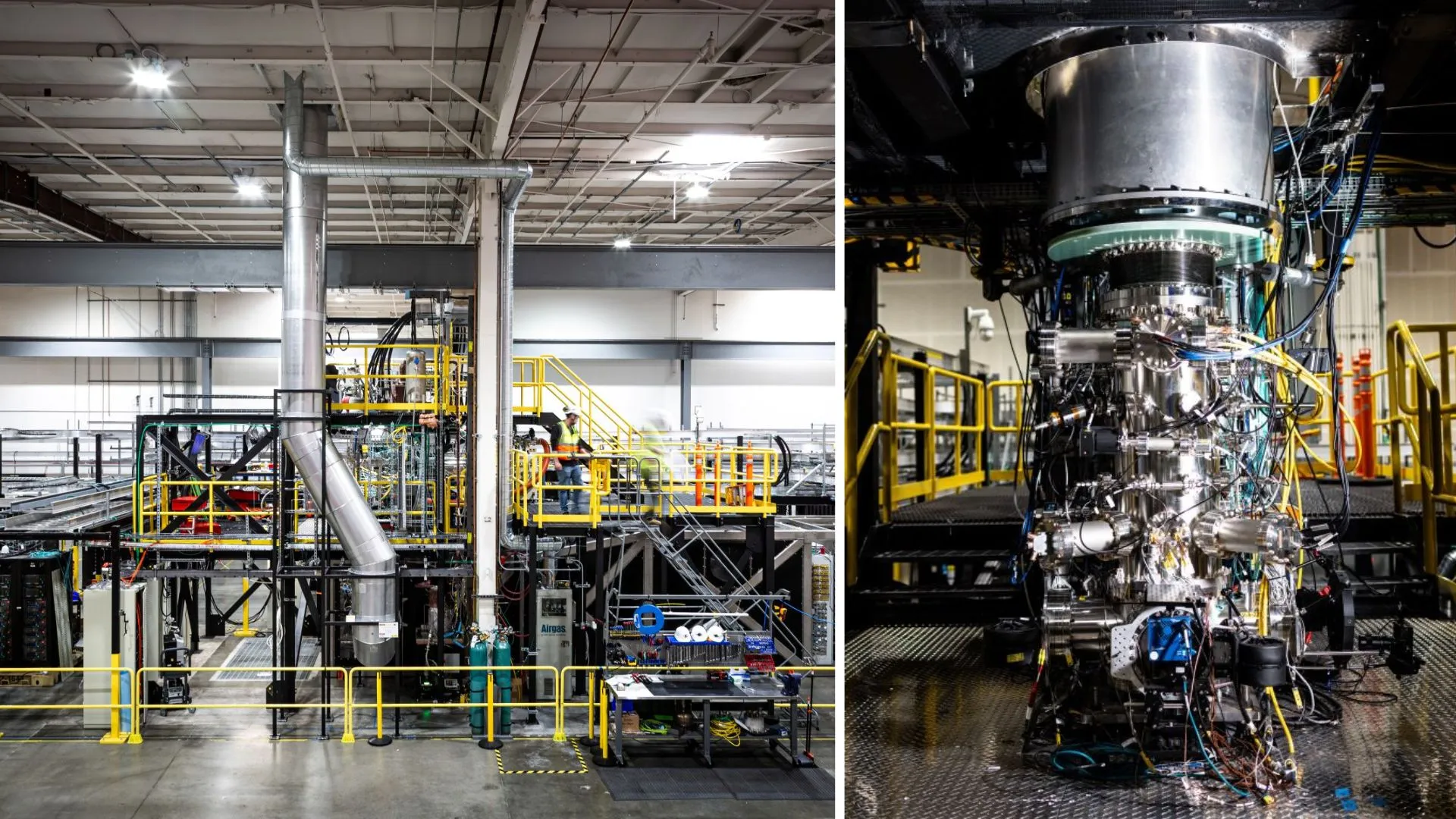
US-based Zap Energy has announced new operational results for its Century engineering test platform. The system operated for more than one hundred plasma shots at a frequency of 0.2 Hz, or one shot every five seconds, delivering 39 kilowatts (kW) of power to the plasma chamber.
Each plasma pulse carried up to 500 kiloamperes (kA) of current, and the resulting heat was captured by a circulating liquid metal wall. The performance represents a 20-fold increase in sustained average power since the platform’s 2024 commissioning.
The Century platform was designed to test the integration of three main power plant subsystems: a repetitive pulsed power system, durable electrodes, and liquid metal walls that absorb and transfer plasma energy. The platform does not use fusion fuel or produce fusion reactions.
This recent operation provides data on how these components will operate in a potential commercial power plant design.
Solving commercial technology challenges
“Prolonged operations of a fully integrated, repetitively pulsed system at 30 kilowatts gives us a much clearer picture of what a sheared-flow Z-pinch fusion power plant will actually look like,” said Matthew Thompson, VP of Systems Engineering.
“Century’s real-world tests of our engineering subsystems mean we’ve already begun to identify and solve many of the most difficult commercial technology challenges.”
Zap’s approach, a sheared-flow-stabilized (SFS) Z-pinch, does not use superconducting magnets or high-intensity lasers. Instead, it uses a pulse of electricity to confine and compress a stream of plasma within its own magnetic field.
The platform incorporates several system upgrades, including a liquid metal loop that circulates 2,500 pounds (1,100 kilograms) of bismuth and a custom 200-kilowatt heat exchanger. The team also implemented a redesigned nose cone and a high-flow cooling system to manage heat between shots.
“Fusion is not just a plasma problem. It’s a systems integration problem,” added Benj Conway, CEO and co-founder of Zap Energy.
Increasing the average power
The platform’s average power has increased from ~1.4 kW during initial operations in June 2024. In February 2025, the US Department of Energy certified a campaign of over one thousand consecutive plasma shots.
A paper with details on the platform’s design and commissioning was recently published in the journal Fusion Science and Technology.
Zap plans to continue operating the platform to gather further data for future fusion energy system development.
Building nuclear fusion momentum
Nuclear fusion tech has gained massive momentum lately. Earlier this year, Zap Energy, while citing a new study, confirmed that its nuclear fusion technology produces stable thermal plasmas, which is an essential step toward scalable energy gains.
Researchers measured neutron energy isotropy from Zap Energy’s Fusion Z-pinch Experiment (FuZE) device, showing uniform neutron emissions, which is a key indicator of a well-behaved plasma.
In another development, researchers from the University of British Columbia (UBC) used a custom-built, bench-top reactor and showed that adding an electrochemical process to load deuterium fuel into a metal target increased fusion events by an average of 15 percent.
Notably, it was the first demonstration of deuterium–deuterium nuclear fusion using this combination of techniques.



